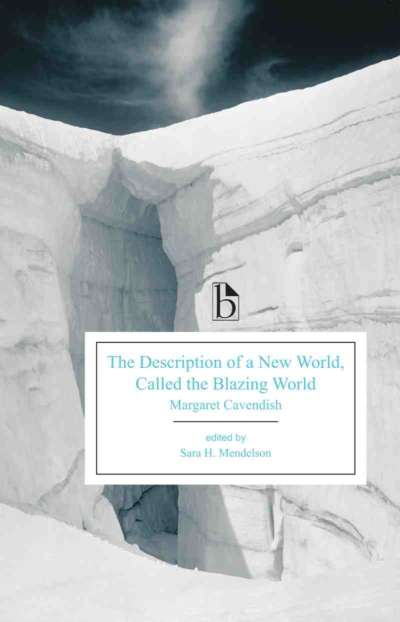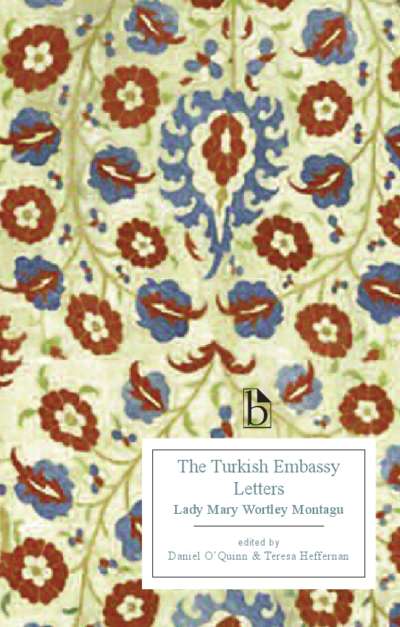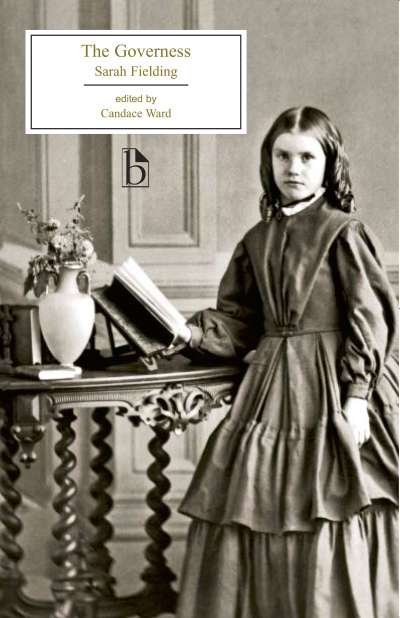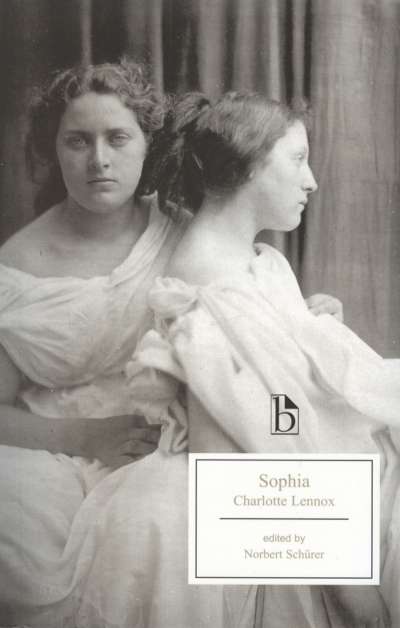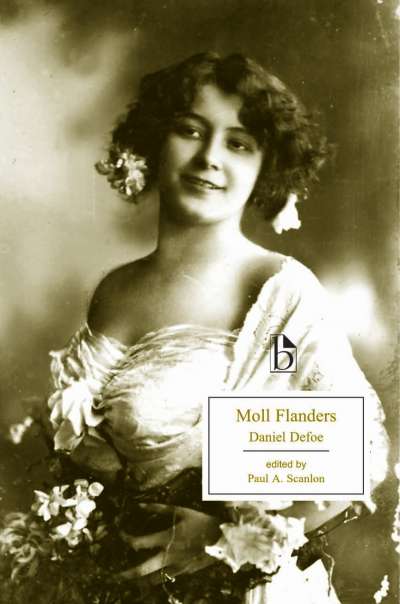In the mid-eighteenth century, Sarah Fielding (1710-68) was the second most popular English woman novelist, rivaled only by Eliza Haywood. The History of Ophelia, the last of her seven novels, is an often comic epistolary fiction, narrated by the heroine to an unnamed female correspondent in the form of a single protracted letter.
This Broadview edition includes a critical introduction and valuable appendices that contain contemporary reviews of the novel, Richard Corbould’s illustrations to the Novelist’s Magazine edition, and excerpts from Sarah Fielding’s Remarks on Clarissa.
Comments
“With this edition of Sarah Fielding’s popular final novel, Peter Sabor widens our access to the work of this respected and path-breaking writer of the mid-eighteenth century, until recently remembered, if at all, as Henry’s sister and as ‘the Author of David Simple,’ her first novel. The pleasures of this entertaining narrative of a female Welsh noble savage, kidnapped and transposed into a sophisticated and corrupt English society by a rakish nobleman, are heightened by Sabor’s expert placement of the novel in the introduction and appendices, particularly with respect to the latest biographical scholarship and suggestive contemporary parallels such as Françoise de Graffigny’s 1748 Letters Written by a Peruvian Princess and Frances Burney’s 1778 Evelina.” — Betty Schellenberg, Simon Fraser University
“Peter Sabor deserves high praise for this beautiful edition of Sarah Fielding’s The History of Ophelia. Sabor discusses Fielding’s work in fiction, drama, and criticism, and provides a rich selection of contemporary documents and illustrations. Most striking are the questions he poses and answers. Did Fielding rework an unfinished manuscript by her brother Henry? How may Ophelia write back to Samuel Richardson’s Clarissa? If the novel looks forward to gothic fiction, how may it subject the notion of gothic terror to comic deflation? In all, this edition makes an essential contribution to our current debates about and growing interest in Sarah Fielding.” — Carolyn Woodward, University of New Mexico



